From Direct-To-Consumer to Wholesale, let’s stir up some magic in the lab, today’s hot topic is all about whether you should be selling to retailers!
It’s not just about bigger orders. Wholesale means new margins, compliance requirements, and production strategies. I’ll do my best to help you navigate this next business move in this article.
Selling direct-to-consumer (DTC) gives you full control over your brand, you own your pricing, messaging, packaging, and most importantly, your relationship with your customers. But when it’s time to scale, the question inevitably comes up: “Should I start selling to retailers?”
Wholesale can unlock new revenue streams and greater brand visibility, from boutique shops to e-retailers and subscription boxes. But entering this space requires more than just a larger batch of your bestselling cream. To make it work, and make it sustainable, you need to rethink your pricing, production processes, compliance documentation, and packaging strategy.
Here’s what you need to know to confidently shift from DTC to wholesale without losing your margins.. or your mind.
What Changes When You Start Selling to Retailers
Moving from DTC to B2B (business to business) is more than just volume. Retailers have expectations around consistency, compliance, and professionalism. To be successful in wholesale, you need systems, not just a great product.
This means:
- Adjusting your pricing model
- Scaling up your production
- Ensuring regulatory compliance in each market
- Updating your packaging to be retail-ready
- Preparing materials and policies for wholesale partners
Step 1: Recalculate Your Pricing Structure
You can’t offer a €38 face oil to retailers for €30 and expect to stay profitable. Wholesale pricing typically requires a 2x to 2.5x markup from your cost of goods (COGS).
Example:
- If your COGS = €8
- Wholesale Price = €16–20
- Retail Price = €32–40
If your current margins don’t support this, now is the time to:
- Buy raw materials and packaging in higher volumes to reduce your cost of goods
- Streamline production with better tools or outsource production to a competent lab
Some people will tell you to reformulate with less costly ingredients but I will tell you the truth: if the idea of reformulating with less costly ingredients only pops in your mind at this stage, it’s already too late. You can’t re-formulate a product when it’s already been loved by so many people to the point that retail stores started being interested in your brand. Everybody will notice the difference. This is something that you should think about during the formulation stage. When you create (yourself or with a lab) your products, you have to formulate with scaling in mind. You have to find the right balance between including the ingredients that you want and being cost-conscious, especially as you grow. Are your ingredients easy to find at any stage of your growth? Are they financially smart to include? If they don’t bring any actual value or differentiating factor, maybe the high price is not worth it and a more affordable but equally great alternative could come in handy. In any case, this is something you should think about during development and not after you’ve launched.
Step 2: Prepare for Scalable Production
Wholesale buyers expect reliable lead times and consistent restocks. If you’re hand-filling 100 jars per day, can you confidently fulfil an order for 5000 units in three weeks?
You have to assess your ability to standardise batch sizes and processes, document each batch for traceability and produce consistently with or without external support. It may mean that you have to change your packaging a little. Using bottles that are faster to fill & close, printing on bottle instead of applying labels (so that work is done before you even receive the packaging), choosing packaging that has less risk of breakage during shipping, etc. This may also end up costing you less and increasing your profit margin, which is a win-win!
Step 3: Nail Regulatory Compliance
Retailers cannot stock your product if it doesn’t comply with local cosmetic regulations. What does that mean in practice:
EU Requirements
- Product Information File (PIF: includes lab tests, ingredient docs & CPSR too)
- CPNP notification
- INCI-compliant labels, allergen disclosure, batch code, shelf life
- Responsible Person details on-pack
US (MoCRA Updates)
- FDA product and facility registration
- Ingredient safety documentation
- Labelling in line with MoCRA 2024-2025 updates
Canada
- Cosmetic Notification Form
- Bilingual labelling
- Compliance with the Hotlist and INCI naming
Whether selling DTC or B2B, your brand should ALWAYS be compliant. However, once you go wholesale, your retailers may sell to new markets and the responsibility to comply with the regulations of these new markets falls on you, not your retailers.
Step 4: Create Retail-Ready Packaging
Professional shelf presence matters. Your packaging needs to be durable, attractive, and compliant. In practice, that means:
- Barcodes (UPC/EAN)
- Batch codes and PAO or expiry
- Seals or shrink-wrap if needed
- Tamper-evident features for testers
Bonus points for:
- Shelf-ready display cartons
- Sample sizes for in-store testers
- Retailer-friendly packaging dimensions
Step 5: Build Your Wholesale Toolkit
To land retail accounts, you need more than great formulas: you need a polished wholesale package.
What to include:
- Line sheet with wholesale prices, MOQs, lead times
- Terms & conditions: delivery, returns, payment terms
- Clean product photos on a white background
- Certificates (if relevant): vegan, organic, cruelty-free
- A founder story or brand purpose card to build connection
Step 6: Anticipate Retailer Questions
Retailers will ask:
- “How fast can you restock?”
- “Do you support promotions or co-marketing?”
- “Do you have product liability insurance?”
- “What’s the shelf life?”
- “Can we test the product before listing it?”
Be ready with clear answers and supporting documents.
Step 7: Let Wholesale Fuel Your DTC Strategy
Wholesale isn’t a replacement, it’s a growth lever. Use it to:
- Add “As seen in…” credibility to your site
- Collect more reviews and testimonials
- Grow your email list with QR codes on packaging
- Launch retailer-exclusive editions or bundles
- Reinvest wholesale revenue into ad campaigns or packaging upgrades
As I end this article, let me leave you with my final thoughts.
Scale Strategically. Going wholesale can feel overwhelming but it doesn’t have to be rushed. Start with your core products, strengthen your margins, and work with retail partners who align with your values.
Remember: wholesale is a layer, not a level. It adds structure, reach, and opportunity, but only if you’ve prepared for it.
Before saying goodbye, don’t miss out on our FREE guide on retail pitching! Click here to grab it and be retail-ready in no time!
Here’s to formulas that work and brands that thrive.
From My Lab to Yours,
Morgane
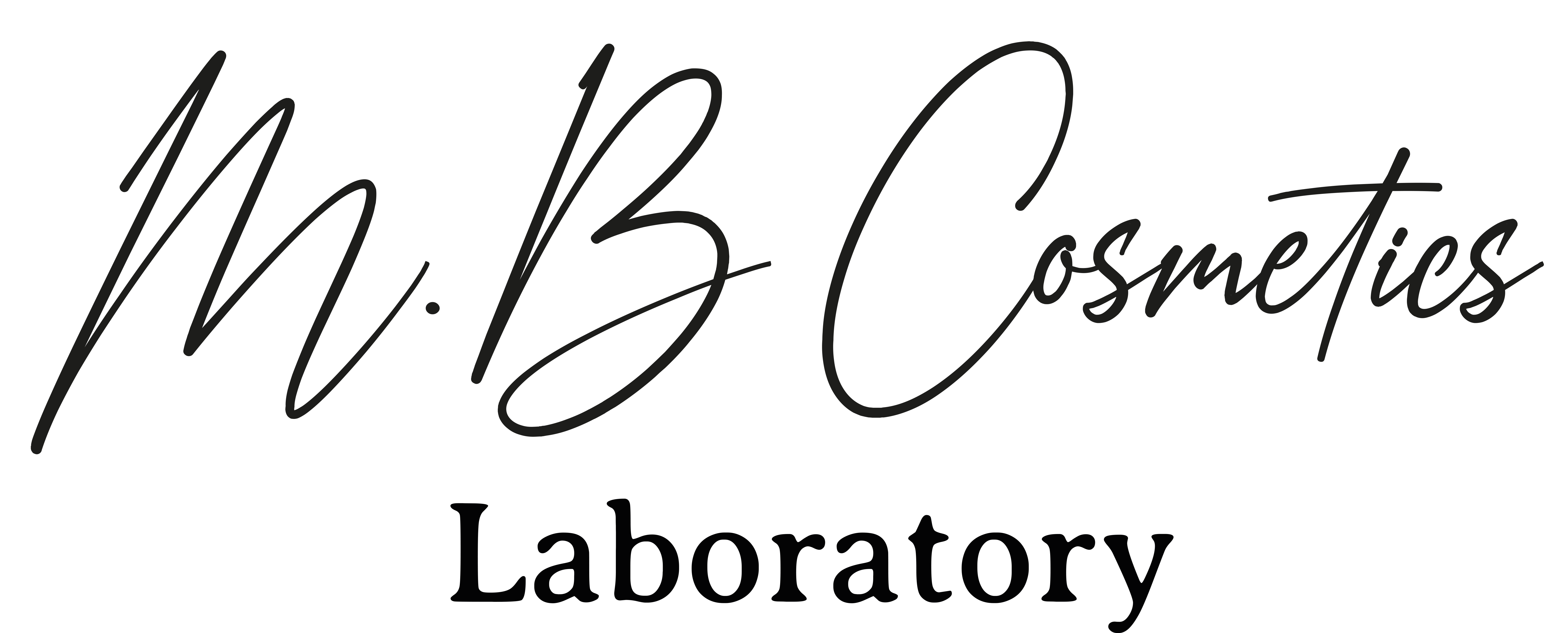
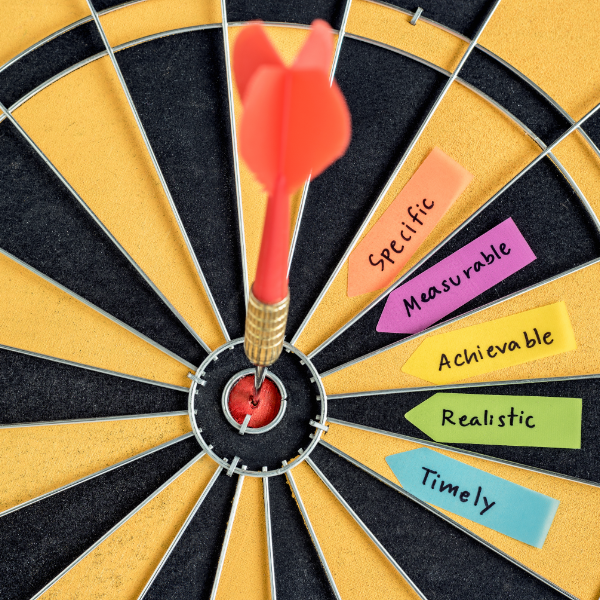


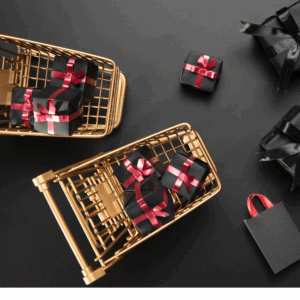

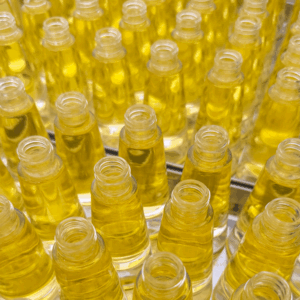
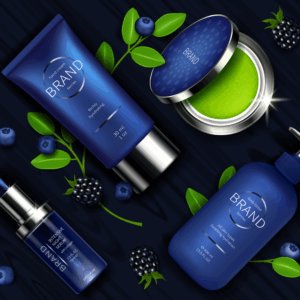
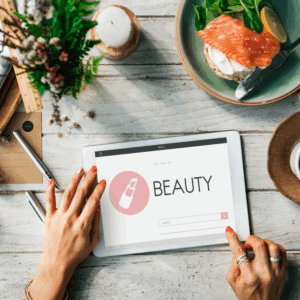
Add comment